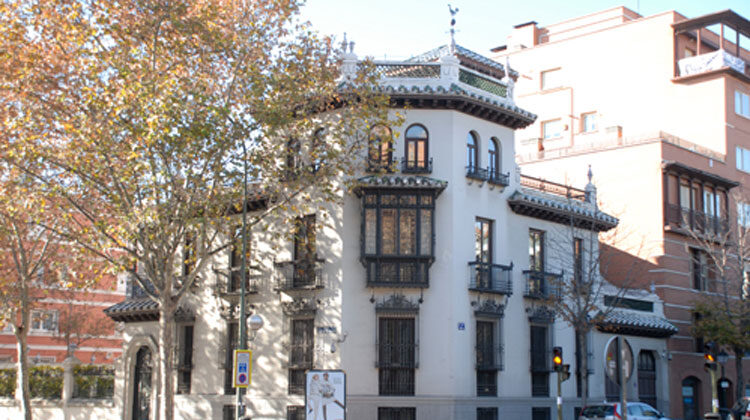Miguel Ángel Medina
Deputy Director of the Antoni de Montserrat Chair in Global Studies at the Universitat Abat Oliba CE
When Joe Biden descended the stairs of Air Force One and set foot on Spanish soil at 15:17 on Tuesday 28 June, it was known that the NATO summit in Madrid would end with a new strategic concept for the Alliance for the next decade (the roadmap), with the green light for the entry of two new partners (Finland and Sweden) and that Russia would go from being a strategic ally to a direct threat to the 30 remaining allied countries. What was up in the air was why this summit has been described as ‘transformative and historic’, in the words of the Allies’ Secretary General. So let’s unpack some of the key features of two days of intense diplomatic activity.
NATO’s most important summit in twenty years has broadened the organisation’s focus in three ways. First, Madrid has resuscitated the Alliance, which was questioned by its own members only a short time ago. Recall the problems in getting states to comply with the recommendation (i.e. the quasi-obligation) to reach the 2% of GDP defence budget, Trump’s rants and vilifications about hollowing out the Alliance or de-Americanising it, or the resounding fiascos of the intervention in Libya or the withdrawal from Afghanistan. Madrid has pressed F5 on the allied computer, and wiped the dust off so that the 30 keys can breathe again.
Second, the Alliance’s geographic and thematic scope has been rebalanced, with the inclusion of challenges from the Sahel, explicit reference to NATO’s southern flank, and reference to hybrid threats, cybersecurity, climate emergency and energy security. The new strategic concept seeks to link the new global geostrategic landscape with the Allies’ toolbox, and here Evere’s new conception of security and defence comes into its own. The Alliance has realised that it must pay as much attention to climate refugees from Chad as it does to troops deployed on the Allies’ eastern flank. In the future, more resources and operational attention are expected to be given to issues such as piracy in the Indo-Pacific enclave and the food emergency.
Third, NATO’s borders are again being restructured, with the green card to Helsinki and Stockholm (in exchange for perks to Ankara in the form of extradition of terrorists, Kurdish and PKK leaders) and the reaffirmation that the Alliance ‘defends every inch of every Alliance member state’. And here the controversy over Ceuta and Melilla, which have been part of allied protection since Spain’s entry into NATO (precisely 40 years ago now), comes into particular focus, as invoking Article 5 of the North Atlantic Treaty is the power of any member state. Madrid, not Brussels, should be asked about this.
By way of conclusion, two points. Firstly, the exemplary management of the summit stands out, from the human point of view (the Western leaders strolling around the Prado in a relaxed manner, the cordiality of President Sánchez through his command of languages, his previous complicity, his staging, etc.) and political (diplomatic agenda, the presence of Western liberal democracies that are not European or North American, among others). Spain has gained much credit at the international level and the success of the summit should be applauded. The bilateral agreement with the US for the positioning of two new destroyers at the Rota base and the strengthening of the operations at the Torrejón centre are proof of this.
Second, NATO has changed, but the context in which NATO operates has not. This is not a scenario of a new Cold War with Russia or China, but a theatre in which the superpowers and major players are defending their interests and playing their cards differently, and in which the liberal international order based on rules and institutions is in decline. Be that as it may, the Alliance will remain a splendid example of collective deterrence, the success of which, like a good insurance policy, will depend on it never having to be used by its beneficiaries.
© All rights reserved





